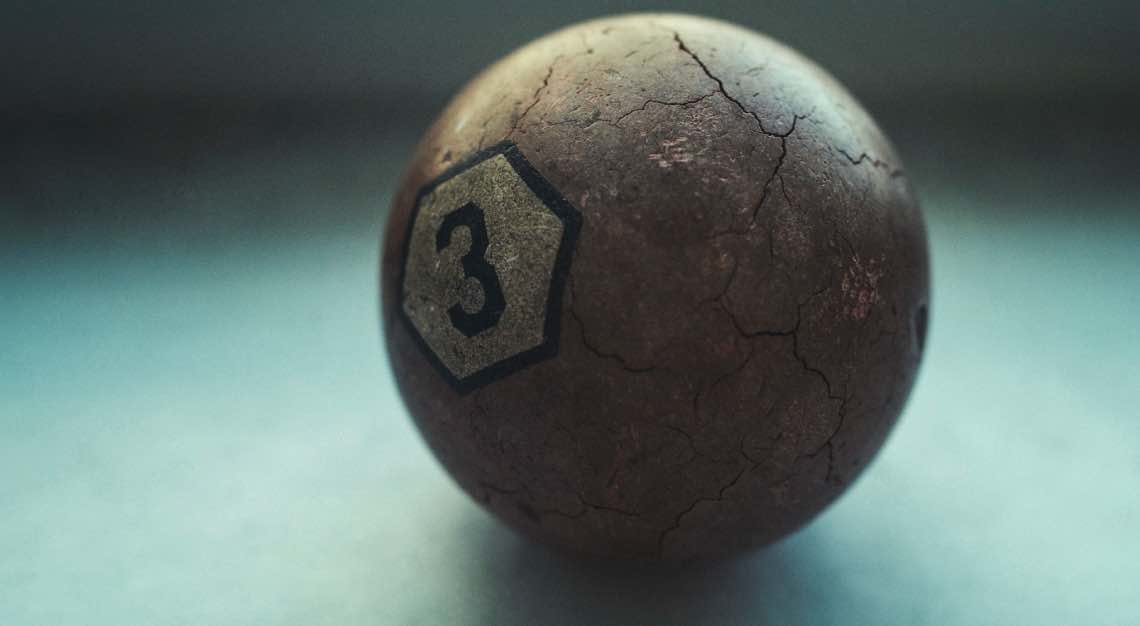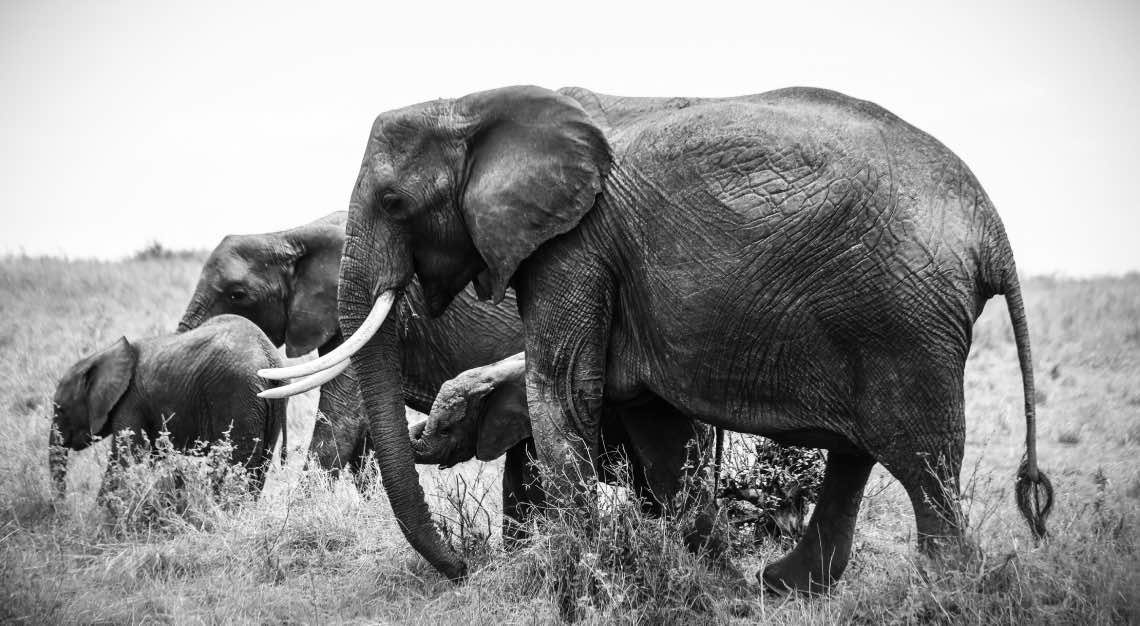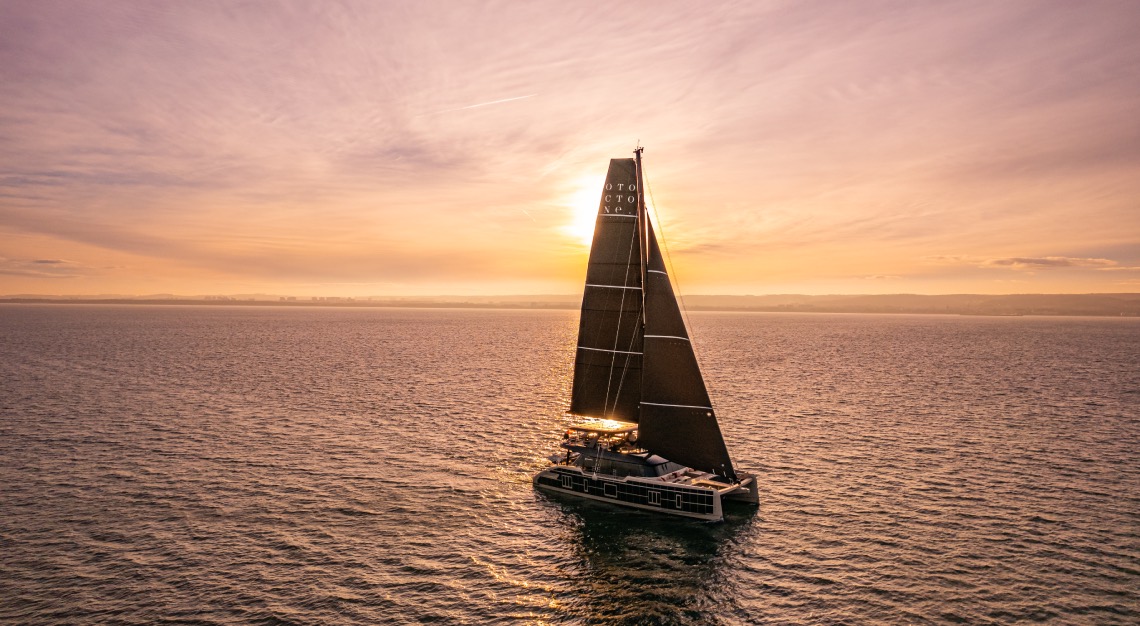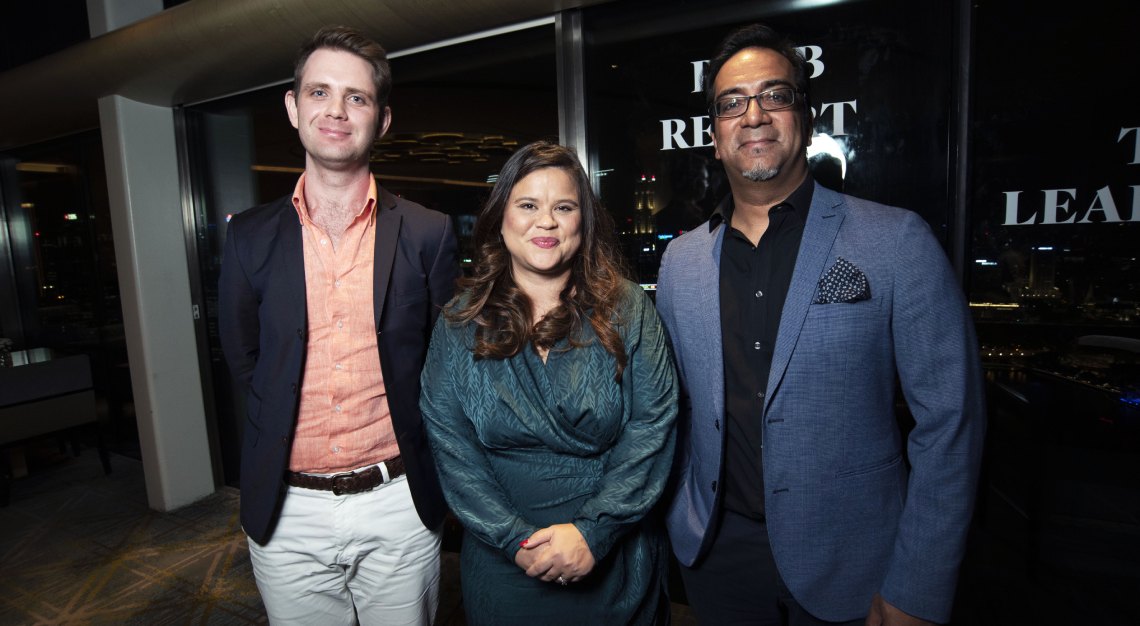Our relationship with plastic has now become quintessentially ambivalent. We love it, but we hate what it’s doing to us and our environment
It’s cheap, safe, versatile and lasts forever. What’s not to like about plastic? In the nearly 150 years since its invention, it’s made all our lives better and enabled some of the most remarkable technological innovations that have changed the world. For the better… right?


Strangely, perhaps, we have billiards to thank for the ubiquity of plastic… and environmentalists. Back in the late 19th century, one or two people were concerned with the plight of elephants, whose tusks were being used to make billiard balls, piano keys, and other products vital to the survival of a species, such as knife and fork handles.
Clearly this had nothing to do with the fact that ivory was expensive to source and procure (not to mention dangerous), and that manufacturers were looking for cheaper alternatives. Regardless of motivation, it had the effect of stimulating the imagination of one bright spark – John Wesley Hyatt (no relation to the hotel group, although he was accommodating) – who responded to an advert placed in a US newspaper in the 1860s by a man named Michael Phelan – aka the ‘father of American billiards’.
Phelan had gone into the manufacturing of balls, tables and ancillary equipment and needed to produce his bits and pieces faster than people in far-flung places were capable of massacring elephants, so he offered a prize of US$10,000 (roughly US$3 million today) to anyone who could come up with a less expensive – I’m sorry; a ‘more environmentally conscious’ – material for use.
Hyatt got to work. He treated cellulose – a naturally occurring polymer that makes up the cell walls of plants – with camphor, and before he could say “eight ball in the corner” he had come up with a plastic that was malleable and capable of imitating natural materials such as ivory and tortoiseshell. Yes, tortoises were in trouble too. Their shells were the substance of a great many combs – utensils that everyone and no one was prepared to part with.
The animal kingdom breathed a collective sigh of relief. Elephants could keep their tusks; tortoises their shells, and mankind had ‘celluloid’. It didn’t work for the billiard balls – they didn’t roll right and were substandard, according to Phelan – but it was the start of something. When Leo Baekeland invented Bakelite in 1907 – the world’s first fully synthetic plastic – a brave new world was ushered in.

It was the start of a revolution, and when it was later discovered that plastics could be made from the by-products in petroleum refining, it was a win-win situation for everyone, especially consumers, who were regaled with all manner of products that they had to have and with which life became so much richer and more rewarding.
Plastic is now absolutely everywhere. And I mean everywhere. In places of work; living spaces; entertainment outlets… you name it. It’s even making a big impression in the world’s oceans and on the world’s beaches, and I’m not referring to inflatable water toys or Donald Trump baby balloons.
Just imagine what it would be like not to touch plastic in the course of a day. You wouldn’t be reading this for a start, and I wouldn’t have been able to write it. Neither would you be able to power up your mobile phone, use a computer, or eat a pre-packed sandwich. Complete and unmanageable disasters, right?
There’s very little that plastic hasn’t touched, and even less that would disenable us from touching it, and it is now the scourge of our environment – threatening our very existences and that of the wildlife we have so magnificently conquered in order to rise to the top of the food chain.

The irony of a material invented to help the environment now being so detrimental to it shouldn’t be lost on anyone, and neither should the cyclical nature of the process that turned a by-product (waste) into something useful, and then back into the kind of waste that is polluting oceans, creating unbiodegradable landfills, and is actually inside all of our bodies.
Yes, our littering of plastic has now caused shreds / particles to appear in the digestive systems of human beings. Fish eat plastic because we discard so much of it in the world’s seas, and we eat fish, so the ‘math’ isn’t difficult. There are plastic particles in the air (because of our disposal practices), and much of the food we consume is presented and / or wrapped in the stuff. What do we expect?
The fact is that plastic is an absolute bastard to get rid of. There are dozens of polymer combinations used in manufacturing and they all require different processes when it comes to either breaking them down or recycling them. And we don’t seem to be able to get our heads around the ‘use and throw away’ mentality that made plastic so attractive in the first place and for which, let’s face it, it was invented.
We can’t live without plastic, and it has been a quite brilliant invention / innovation – saving millions of lives through the medical technology that evolved, and enabling the less wealthy to gain access to products and goods of which they were previously deprived. Our relationship with plastic has now become quintessentially ambivalent. We need it; we want it; we love it, but we hate what it’s doing to us and our environment. We need to do something. And it will have to be good.

Two great innovations are required in this early part of the 21st century. The first will be how to properly dispose of the undisposable, and the second; how to create a new material that is useful and that can properly be disposed of. Eschewing ‘single use’ plastic will be trendy for a time but won’t solve the problem – too much damage has already been done. Bioplastics may end up consuming more energy in production than their counterparts (with concomitant negative environmental effects) and humankind shows few signs of breaking off its love affair with the complex polymers that simply make our lives ‘better’. They’re too damn convenient.
Boffins are hard at work around the world thinking up ways in which we can replace the plastic in our lives with something equally useful, but more sustainable and environmentally conscious. There’s a Nobel prize waiting for anyone who can. And while the elephants and tortoises may have relegated coverage of all the efforts to the inside pages of their publications, it should be headline news for the rest of us.
We need scalpel-like precision in addressing what has turned into an imperative, so let’s invoke the spirit of John Wesley Hyatt on his voyage of discovery. He started it.






